Legends cling to Bram Stoker’s life. One interesting cluster centres on his wife, Florence. She was judged, in her high years, a supreme London beauty. She preserved her Dresden perfection by denying her husband conjugal access.
Bram consoled himself with warmer but more dangerous ladies of the night; such satisfactions came at greater cost than a few sovereigns. According to David J. Skal, a quarter of men of Stoker’s bohemian class (including all of those central to his book) were infected with syphilis. And Bram? Skal thinks so too.
Florence Balcombe, when a young Dublin beauty, was courted by Oscar Wilde as well as Bram. Oscar she was not inclined to — because of his ‘curly teeth’ quite possibly. Stoker, a good looking ‘Red Irishman’, had winning gnashers, though how perfect is uncertain. Skal’s ominous opening sentence is: ‘There are no photographs of Bram Stoker smiling.’
The subject of Victorian teeth is a rich and relevant one. Skal expatiates on Oscar’s set. The mercury he took for his syphilis (probably) turned his ivories ‘black’. Others described them as merely ‘greenish’. The standard whitener, ‘a caustic wash of nitric acid’, washed the enamel away, Skal tells us, leaving soft grey pulp.
Oscar habitually covered his teeth with a theatrical flourish of the hand — no smiling. By the end of his life, his teeth were ‘horribly decayed’, as André Gide recalled. He died with dentures. Stoker’s two immortal characters — Dracula and Arabella — the snake-fanged heroine of The Lair of the White Worm — have teeth to die for. Literally.
Stoker is immortal in literary terms for one thing only: he was the man who wrote (with unknown assistance, Skal tells us) Dracula. His tale of the Transylvanian vampire — the least welcome asylum seeker in English literature — was originally entitled The Un-Dead. Skal’s own title promises a focused literary blood test. But he casts his net so widely that one wonders, at times, what he’s looking for. ‘Something’, as his title modestly puts it.
Stoker’s life was, in his best years, devoted to the London theatre and the most flamboyantly dramatic of Victorian thesps, Henry Irving. But his private life was ostensibly undramatic. He was born in the Protestant professional classes, while Catholic Ireland starved around the Stokers in the Great Famine. Bram’s first seven years, for reasons no one can explain, were bedridden. How long his mother, Charlotte, suckled him, and whether he was subjected to phlebotomy with leeches (Dracula is described as a ‘filthy leech’) is unrecorded.
Bram recovered, to become an athlete at university. The record of his degree is apparently forged. After ‘ungraduating’, he surrendered to his love of theatre and worship of Irving, whose property manager he became. The actor’s most famous role as Mephisto is plausibly cited as an inspiration for Dracula. There have been unkind allusions to Stoker as Irving’s slavish, fly-fed servant, Renfield.
Irving returned Bram’s unwavering hero-worship with under-regard and underpayment. On being shown the text of the dramatic adaptation of the novel Bram had worked on for seven years he dismissed it with the one word: ‘dreadful’. No Irving-starring, Stoker-enriching performance of Dracula was forthcoming.
For most of its length Skal’s book seems as much about Oscar Wilde as Bram Stoker, which is odd, because after competing over Florence, contact between the two men was never intimate. But Oscar, we are told, was always there in Bram’s life — ‘a hovering presence’. Only at the end do we find out why Skal has chosen to keep Oscar hovering, like Dracula’s bat, over his narrative. Despite pious accounts, Wilde’s death was beyond gothic. Matter exploded, volcanically, from every orifice of his flabby body. The sheets were burned and the corpse was quickly sprinkled with quicklime and buried.
Nine years later, friends resolved on a decent re-interment. To their surprise, they discovered that — despite universal belief — quicklime embalms: ‘Instead of destroying the flesh [it] had preserved it. And the teeth appeared lengthened.’ There are plausible, unexciting medical explanations. But the image is inescapable: Oscar, one might fancy, had joined the company of the un-dead. A pretty conceit.
Skal’s book is a mine of passing information on the actualities of Victorian death, the practices surrounding it and its mythologies. The corpse’s open eyes terrify. But gently closing them with the fingers (as films routinely portray), or putting pennies on them, does not work. Only glue does. Or, if you’re Van Helsing, cutting the head off.
Vampiric narrative now generates billions. If he were one of the walking dead, and had a good agent, Stoker would be mega-rich. In fact, as Skal poignantly records, he died sick, impoverished and with a sense of having failed unutterably in life. Florence, who survived him, with their son but without her beauty, made a sufficiency for the years of copyright protection. Dracula and his spawn will live on forever, it would seem, making money for many. Let’s hope David J. Skal is among them, in return for his consistently entertaining, sumptuously illustrated ramble through Stokerism.
The post Love at first bite appeared first on The Spectator.
Got something to add? Join the discussion and comment below.
Get 10 issues for just $10
Subscribe to The Spectator Australia today for the next 10 magazine issues, plus full online access, for just $10.
You might disagree with half of it, but you’ll enjoy reading all of it. Try your first month for free, then just $2 a week for the remainder of your first year.

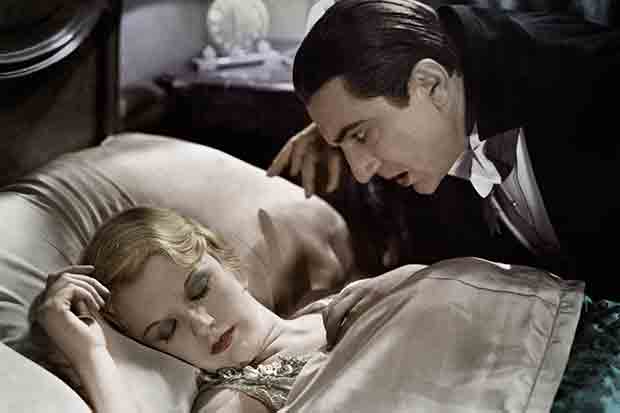
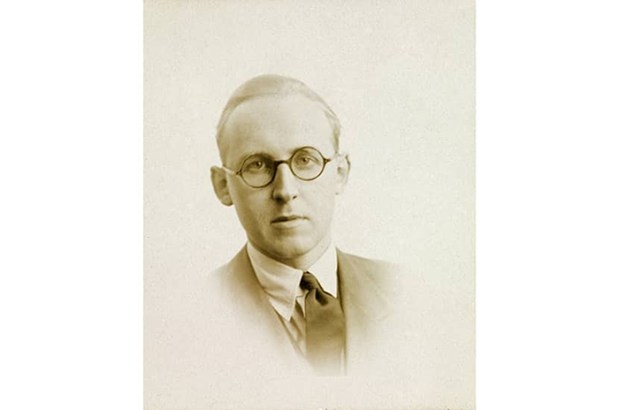

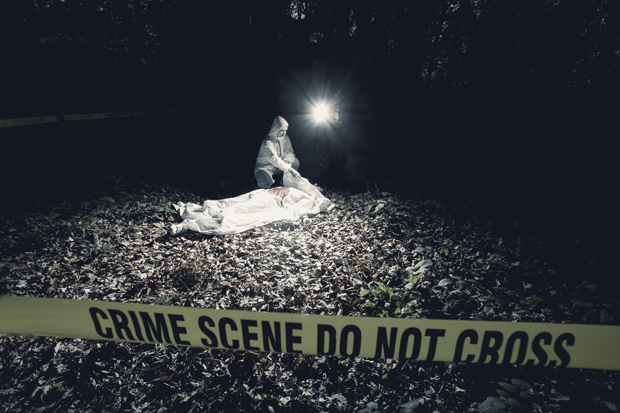
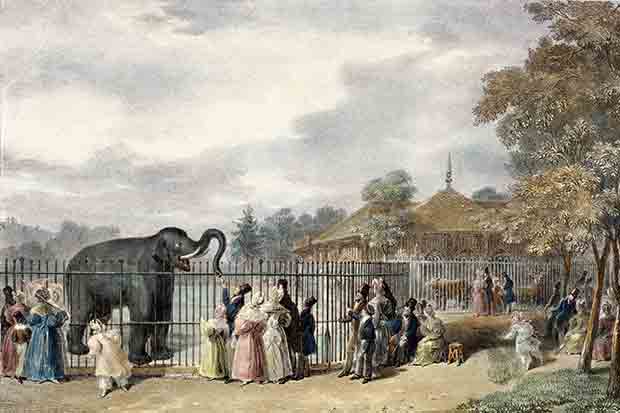
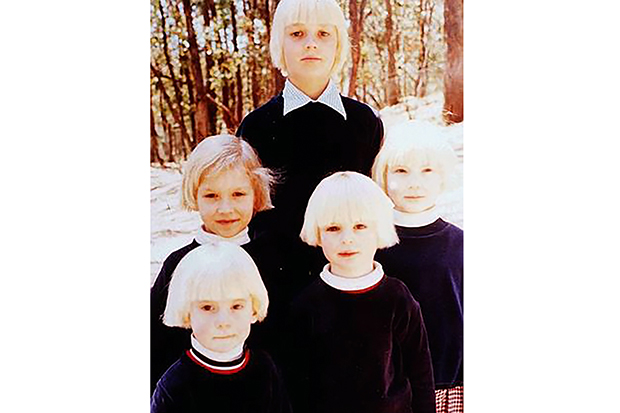







Comments
Don't miss out
Join the conversation with other Spectator Australia readers. Subscribe to leave a comment.
SUBSCRIBEAlready a subscriber? Log in